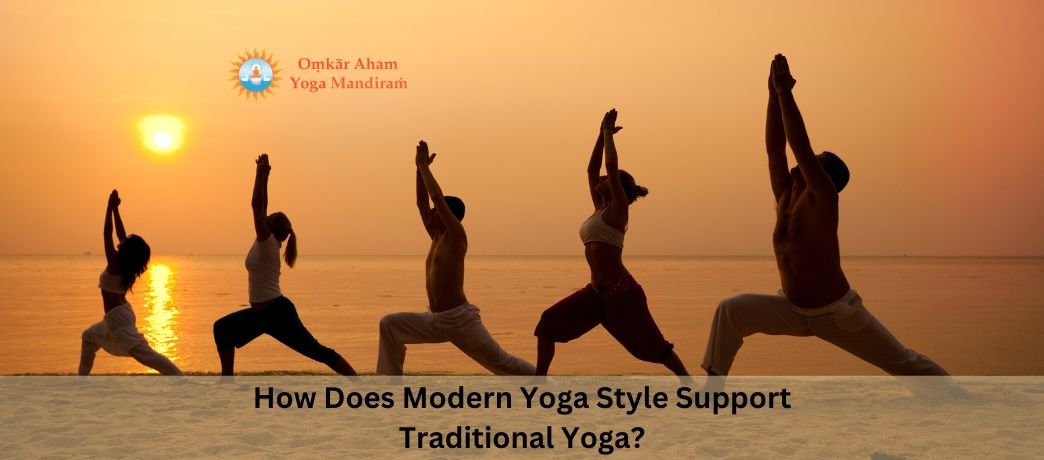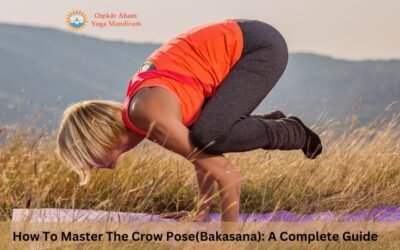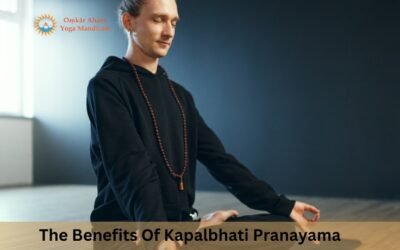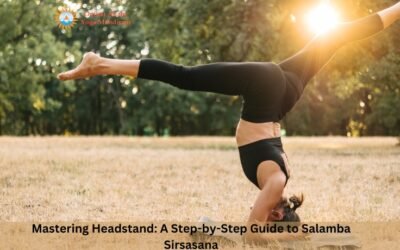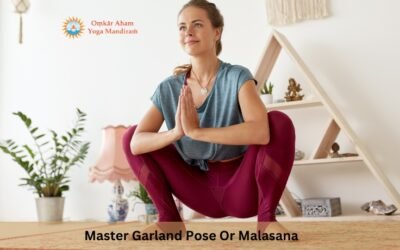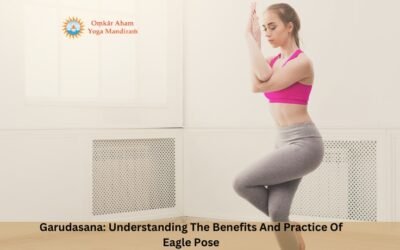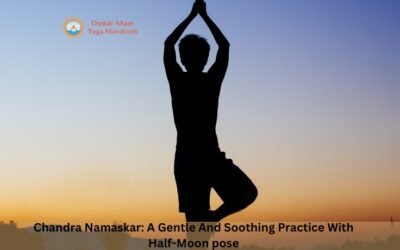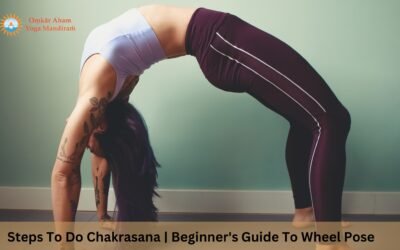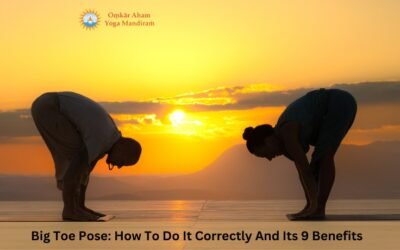Are you searching for answers on how modern yoga styles support traditional yoga? If yes, you are in the right place, as Omkar Aham Yoga Mandiram provides information on this topic. You may wonder about modern yoga and traditional yoga’s exact differences or relationships.
Traditional yoga adheres to the historical and spiritual traditions that originated in India, whereas modern yoga is an evolved practice. None of the styles of yoga is inherently superior to the other.
However, practicing modern or Western yoga may cause individuals to lose out on many benefits traditional yoga offers in other fitness sectors. Do not worry; modern problems have modern solutions, and you can quickly clear your doubts and become an expert with the best yoga school in Rishikesh. Let’s jump into the next section now!
How Does Modern Yoga Style Support Traditional Yoga?
To get a clear idea of the connection between modern yoga and traditional yoga, we need to understand the differences between these two briefly. Here’s a brief comparison:
Physical And Spiritual Yoga
In modern yoga, the primary emphasis is on physical fitness, whereas traditional yoga means becoming more grounded and present in the current moment of your life. Traditional yoga aims to bring your internal and external environments into harmony so that you may build a better world for yourself. However, yogis practicing modern yoga aim to be more challenging and flexible and have improved athleticism.
Traditional yoga is not about adhering to a particular religion or belief system to practice it. Still, it is about improving your ability to focus and concentrate, getting rid of stress, and figuring out how to decrease high levels of anxiety, despair, and dread.
Practice And Yoga Lifestyle
The approach to yoga is another significant difference between traditional and modern yoga. The typical length or time duration of a modern yoga class is shorter than an hour. The introductory lesson is followed by a brief stretching period, and then the session concludes with a corpse pose. After that, you can lay there for a few minutes before getting up and continuing your day.
Generally, one to three yoga sessions per week are recommended, like any other exercise class. At the same time, traditional yoga includes a wealth of wisdom and experience in its teachings. It is not any practice in itself, but it is more than a way of living. However, many people attend yoga teacher training courses to learn about yogic breathing techniques, mindfulness, and self-love practices outside class time in their daily and weekly routines.
Commercial And Non-Commercial Yoga
The primary purpose of traditional yoga is to gain insight and understanding from the people who practiced it before us. It is all about being your most fabulous self and attaining knowledge simultaneously. This kind of yoga has never required its practitioners to purchase the ideal yoga clothing, the most expensive yoga mat available in the market, or the most cutting-edge and incredible yoga gear.
Traditional yoga never focused on making money through it. In contrast to traditional yoga, westernized forms of the practice place less emphasis on issues of morality, integrity, and innocence. Instead, earning profit is a primary goal of modern yoga. Of course, making money is okay, but it was never the primary purpose of yoga. In its original form, yoga was designed to help practitioners become more compassionate and empathetic.
Asanas And Meditative Yoga
Asanas (or postures) are often the starting point for any modern yoga practice or class. You may find a yoga instructor that will push you to have a goal in mind for your practice. A physical attitude from the start is essential in this kind of yoga. In contrast, traditional yoga is as challenging as modern yoga but does not begin directly with asanas. Instead, you can start traditional yoga with a meditation session, yogic relaxation, or instruction.
Conclusion
In conclusion, modern yoga and traditional yoga are two different approaches to the practice of yoga. While modern yoga emphasizes physical fitness and flexibility, traditional yoga emphasizes spiritual growth and the development of mental and emotional well-being.
However, both forms of yoga can offer numerous benefits to practitioners, and it’s up to the individual to decide which approach best suits their needs and goals.
If you want to deepen your yoga practice or become a certified yoga teacher, consider Omkar Aham Yoga Mandiram. As one of the best yoga teacher training schools, We offer comprehensive programs that blend traditional and modern yoga practices, providing a holistic approach to yoga education.
With experienced and certified instructors, state-of-the-art facilities, and a supportive community, Omkar Aham Yoga Mandiram is the perfect place to cultivate your yoga practice and take your skills to the next level. We offer a variety of yoga teacher training programs, including 100 hour yoga teacher training, 200 hours yoga teacher training, 300 hour yoga teacher training, and 500 hour yoga teacher training, to help you deepen your knowledge and expertise in traditional and modern yoga practices.
For further details, visit our official website or contact us at:
Call: +91-9997744876

